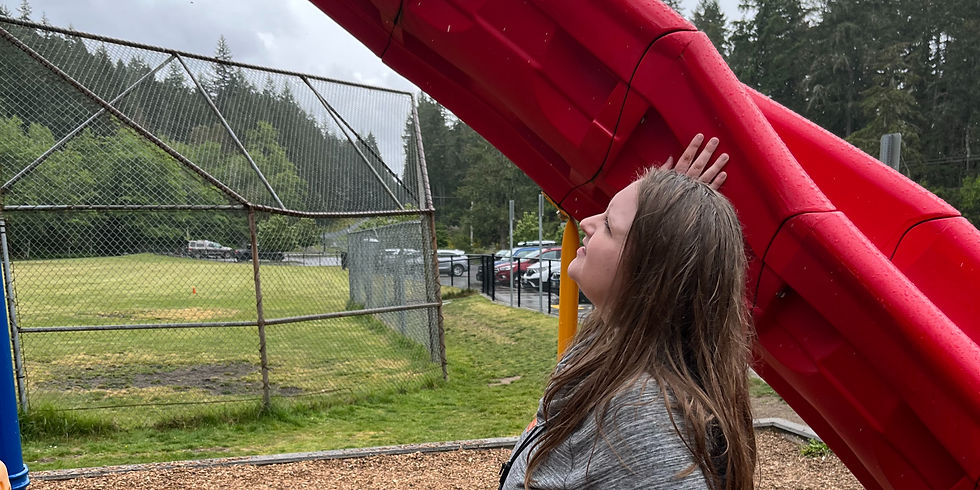School playground inspections: What we look for to help kids play safely
- katiebaker9
- Sep 25
- 2 min read
Updated: Oct 14

Many of us have great memories of school recess. We slid down slides, swung on swing sets, and teamed up for tetherball to let off steam on the playground.
Not only do playgrounds allow kids to unwind after long hours of learning, but they also play a big role in child development. By running, jumping, making friends, and exploring their environment, playgrounds help kids build physical, social, and cognitive skills.

Playgrounds are safer than they have ever been. No longer do parents have to worry about steel slides that get too hot or monkey bars that are way too high. However, hazards can pop up because of installation problems and general wear and tear. In the U.S., an average of 200,000 students still severely injure themselves on the playground every year.
We know a safe playground is key for our kids to learn and grow, which is why we inspect school playgrounds to help every child be safe and healthy.
Some of the hazards our inspectors look for are:

Impact (Falls)
Eight in 10 playground injuries happen when a child falls. The right surface material can help prevent these injuries, like:
Wood chips/mulch
Sand
Pea gravel
Shredded rubber
Rubber mats/tiles
Our certified playground inspectors work with schools to make sure safe material is being used, and that it’s deep enough to protect children from major injury.
Protrusions (objects that stick out)
Protrusions are objects that stick out of equipment. These objects, like exposed bolts, could severely injure a child’s eyes or face. Our inspectors use different sizes of gauges to determine if these types of objects are a hazard to a child’s health and safety.

Entrapments (getting stuck)
Kids are curious and can find themselves stuck between railings, nets, and other openings if the equipment is not the right size. Our playground inspectors use measuring tools that help them make sure equipment is a safe size to prevent children from getting hurt.
When any hazards are found, we work with the school to fix problems as soon as possible. If you have any questions about our school safety work, contact us at 360-728-2235.

You can find more school safety resources at KitsapPublicHealth.org/schools





.png)
